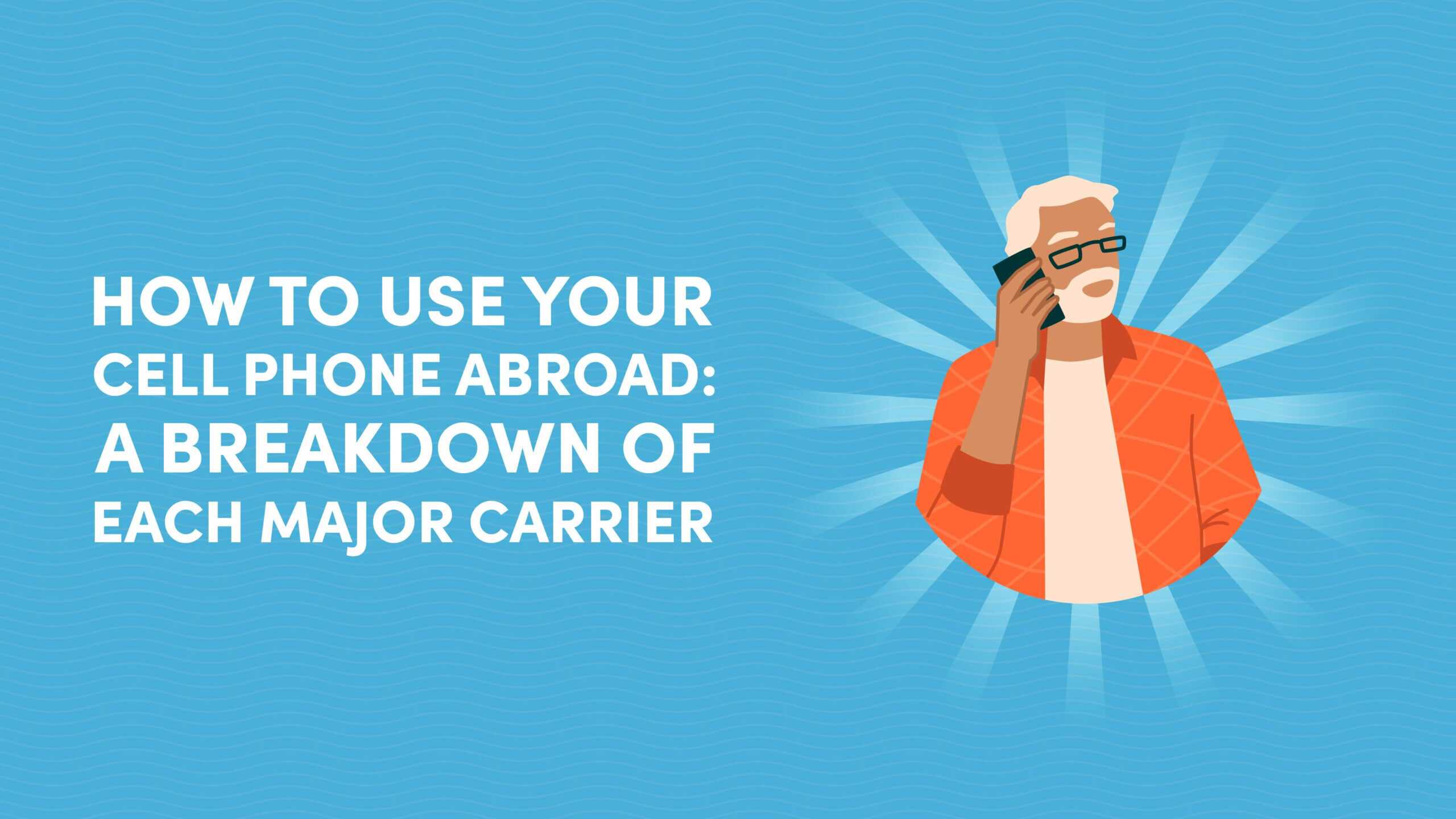
10xTravel is part of an affiliate sales network and receives compensation for sending traffic to partner sites, such as CreditCards.com. This site may earn compensation when a customer clicks on a link, when an application is approved, or when an account is opened. This compensation may impact how and where links appear on this site. This site does not include all financial companies or all available financial offers. Terms apply to American Express benefits and offers. Enrollment may be required for select American Express benefits and offers. Visit americanexpress.com to learn more. All values of Membership Rewards are assigned based on the assumption, experience and opinions of the 10xTravel team and represent an estimate and not an actual value of points. Estimated value is not a fixed value and may not be the typical value enjoyed by card members.
Note: Some of the offers mentioned below may have changed or may no longer be available. The content on this page is accurate as of the posting date; however, some of our partner offers may have expired. You can view current offers here.
A common concern of travelers is how to communicate with friends and family holding down the fort at home when you’re out exploring the world.
In today’s interconnected world, staying in contact is often key for digital nomads, business owners and others who need a quick line of communication back to their home base.
Deciding on a telecom carrier based on their international plan is a smart tactic if you know you’ll be traveling beyond the United States (U.S.). That way, you can stay with the same carrier regardless of where you plan to go.
Here’s a breakdown of the international phone plans offered by all of the major U.S. telecom carriers.
Best U.S. Telecom Carriers for International Coverage
AT&T
AT&T has a variety of phone and data plans ranging from prepaid minutes, texts and data to unlimited plans. Its international plans vary almost as much as its domestic counterparts, which gives customers plenty of flexibility depending on how much they want to use their device while abroad.
AT&T offers three unlimited plans: AT&T Unlimited Premier® PL, AT&T Unlimited Extra® EL and AT&T Unlimited Starter® SL. Pricing ranges from $65.99 for one line with the Start plan to $229.95 for five lines on the Premier plan. The more lines you have per plan, the greater the savings are.
All AT&T unlimited plans come with the following features:
- Unlimited calls, texts and data in and between the U.S., Canada and Mexico
- Unlimited texting from the U.S. to 200+ countries
- AT&T 5G
- 24/7 security with the free AT&T ActiveArmor app
One of the main differences between the Premier, Extra and Starter plans is the amount of hotspot data included, being 60 GB, 30 GB and 5 GB respectively.
While the unlimited plans are good for the U.S., Canada and Mexico, you can go for a prepaid travel add-on or International Day Pass when traveling outside of these countries.
The International Day Pass enables you to use your unlimited plan in 210 destinations worldwide, for an extra $12 per day. You can also add lines for an additional $6 per line.
AT&T also offers pay-as-you-go rates and other travel add-on options if you’re after something else.

Google Fi Wireless
Google Fi Wireless offers affordable and comprehensive international phone service plans. Its phone plans are simple and consistent no matter where or how often you travel, offering maximum flexibility.
It offers three core phone plans:
- Simply Unlimited
- Unlimited Plus
- Flexible
As with all providers, pricing varies depending on how many people are under your plan, with a maximum of six people per plan on Google Fi. For instance, Simply Unlimited starts at $50 for one person and a total of $150 for a six-person plan—offering 50% savings per person. The more people you add to your plan, the greater the savings are. For six lines on the Unlimited Plus plan, you’ll pay $240.
Simply Unlimited and Unlimited Plus include unlimited data, calls and texts in the United States, Canada and Mexico.
Unlimited Plus includes additional free calls to over 50 destinations and free data and texts in over 200 destinations. Calls in all other destinations will cost 20 cents per minute. In contrast, Simply Unlimited excludes calls, data and text coverage outside of the U.S., Canada and Mexico, making it less than ideal if you plan to venture outside of these regions.
The Flexible plan enables you to pay for what you use. You’ll pay $10 per GB and enjoy free calls to Canada and Mexico. Outside of these countries, you’ll pay $0.20 per minute for calls while enjoying free texts.
Google Fi Wireless will also pay you $60 for every friend you refer, up to $600 per year, enabling you to potentially offset the cost of your package.
The Unlimited Plus plan also comes with certain bonus features, such as six months of complimentary YouTube Premium and 100 GB of cloud storage with Google One.
T-Mobile
T-Mobile has a wide array of plans on offer, from Standard plans to those tailored to emergency first responders and active duty military.
Its Go5G plan includes up to 5 GB of high-speed data in 11 European countries, including at home in the U.S, Canada and Mexico, while its Go5G Next and Go5G Plus plans provide 5 GB of high-speed data in 215 destinations. All three plans include unlimited texting and calls from $0.25 per minute.
The Go5G plan starts at $75 for one line, and the Go5G Next plan goes up to a total of $270 for five lines.
T-Mobile also offers the Essentials and Essentials Saver plans, starting at $60 and $50 per month, respectively, but they exclude international coverage in their core plans. However, you can add an International Pass on to any T-Mobile plan.
The International Pass comes in three varieties: a one-day, 10-day and 30-day pass. The one-day pass offers 24 hours of unlimited calling and 512 MB of high-speed data. The 10-day pass includes up to 5 GB of high-speed data, while the 30-day pass includes 15 GB of high-speed data, in addition to unlimited calls.
Verizon
Verizon has a wide range of plans with the ability to create your own custom plans by adding perks to its core offerings.
Verizon offers three Unlimited plans: Unlimited Ultimate, Plus and Welcome. Pricing starts at $65 for one line with Unlimited Welcome and goes up to $220 for four lines with Unlimited Ultimate.
The Unlimited Welcome and Plus plans provide unlimited data, calls and text coverage in Mexico and Canada, while the Unlimited Ultimate offers coverage across 210 destinations.
Alternatively, you can use Verizon’s TravelPass for unlimited calls, texts and data abroad for $10 per day per line in 210 destinations or $5 per day per line in Mexico and Canada.

Alternative Options to Calls and Texts
While it can make sense to purchase a SIM card and data package with a carrier who offers competitive international coverage, it’s important to consider alternatives.
The first alternative is Wi-Fi.
Depending on where you’re staying, you might have access to local Wi-Fi networks. You can take advantage of Wi-Fi to call and message your friends and family through internet-based media. For instance, you can make video and audio calls free of charge on Facebook Messenger, Whatsapp, Instagram and Skype, all by connecting to a Wi-Fi network. In most cases, this will cover your needs when it comes to staying in contact with those back home in the U.S.
Hotels and coworking spaces are going to be your best bet when it comes to accessing reliable Wi-Fi networks.
The only downside to this approach is that you won’t have the ability to call or text when not in reach of a Wi-Fi network. You’ll also need to ensure that you switch off data roaming to avoid running into exorbitant surcharges while abroad. However, if you can learn to enjoy a few hours off the grid, this is a solid way to go about staying in touch abroad.
If that’s not an option, the second alternative is to buy a local SIM card.
Depending on the country you’re in, local SIM cards can be a lot cheaper than paying for international coverage. You can buy them at most airports as well as in local supermarkets. You can buy an internet and SMS/calls package directly when you purchase the SIM card or you can recharge through the carrier’s mobile app by using a credit card (assuming they offer an app).
These SIM cards will give you access to local networks at lower rates as well as giving you a local mobile number. This can make it easier for contacts in your country of destination to stay in touch with you and vice versa.
The downside of a local SIM card is the extra hassle, which can vary depending on your situation.
You’ll likely have to wait for a while in a queue at the airport when getting a local SIM card, which can burn precious vacation time. Likewise, unless your phone has the capacity to carry two SIM cards simultaneously, you’ll need to replace your domestic SIM card with your local SIM card. This can come with the risk that you lose your domestic SIM card. If you need to receive any important messages or updates on your domestic SIM card, this can be an extra hassle.
The final option is to consider getting an eSIM, which acts like a local SIM card without the need to install a physical SIM card—instead, it’s completely digital. An eSIM card can be bought online and is usually activated by scanning a QR code or going through the provider’s app. You’ll get international coverage at rates almost as low as you would with a local SIM card. An eSIM saves you time and enables you to begin roaming as soon as you step foot abroad.
The downside to eSIMs is that you won’t get a local phone number, which can be impractical if you need to make calls through the local network. Likewise, getting an eSIM is another thing to have to organize before traveling, which is where opting for a domestic carrier with competitive international coverage can often be the most convenient option.
Final Thoughts
Staying connected while traveling is key, whether it’s to keep your business at home running or make your loved ones jealous with beach-side photos. If you want convenience, you’re best off shopping with AT&T, Google Fi Wireless, T-Mobile or Verizon for a monthly plan that covers you while abroad.
Alternatively, if you’re looking to optimize savings, consider sticking to Wi-Fi networks or going for a local SIM card once you set foot abroad.
Bottom Line
If you travel often and are looking for flexibility, Project Fi will most likely give you the most bang for your buck with cheap (and consistent) pricing per minute for international phone calls while keeping the same rate for data usage you get at home.
AT&T customers get a great deal with the $10 International Day Pass as you can use the same data plan and know that you have the option to use your device without having to count the number of texts sent or add up all the minutes you spend connecting over the phone.
Overall, each carrier offers at least one decent international plan that will help you stay up to date with both your travel buddies and everyone back home.
New to the world of points and miles? The Chase Sapphire Preferred® Card is the best card to start with.
With a bonus of 75,000 bonus points after you spend $5,000 on purchases in the first 3 months from account opening. , 5x points on travel booked through the Chase TravelSM Portal and 3x points on restaurants, streaming services, and online groceries (excluding Target, Walmart, and wholesale clubs), this card truly cannot be beat for getting started!
Editors Note: Opinions expressed here are author’s alone, not those of any bank, credit card issuer, hotel, airline, or other entity. This content has not been reviewed, approved or otherwise endorsed by any of the entities included within the post.







